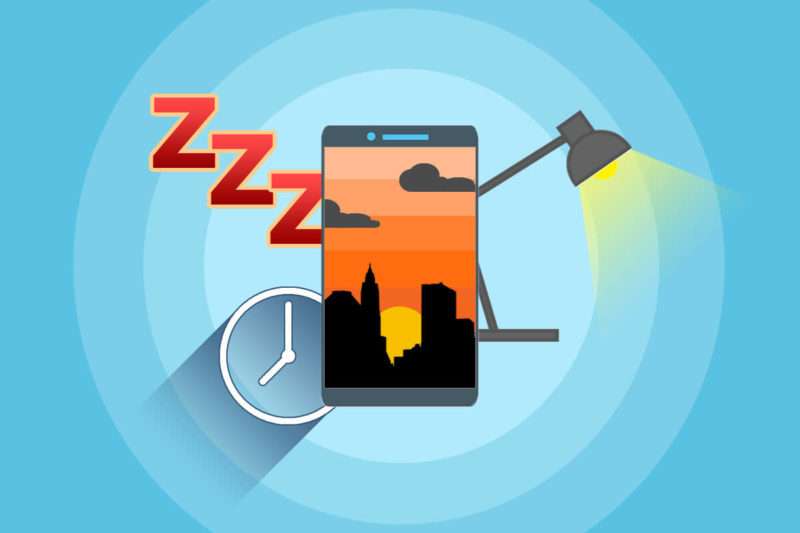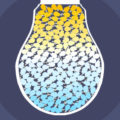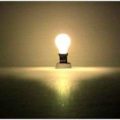Hands up if you still look at your phone after you’ve gone to bed.
Numerous surveys have been conducted over the last several years that suggest you’re not alone if you do, but this habit is becoming a cause for concern for many health experts. The problem lies with the blue light that smartphone displays emit, which might be affecting your sleep more than you realise.
How can blue light affect your health?
The effect of blue light, which is emitted by LED sources is to some degree, a cause of growing concern for health experts.
Matthew Walker, a professor of neuroscience and psychology at the University of California Berkeley, recently appeared in a video posted to business news website Business Insider, in which he offered advice for falling asleep quicker.
One of his tips was to avoid blue light – especially from LED screens on smartphones and tablets – an hour before bedtime.
Research into the exact effects of blue light has been limited so far, mainly because the technologies that use it are so new, but it is accepted that it can have a detrimental effect on our natural sleep patterns, which in turn can cause more serious health issues.
It might not just be our smartphones that are the problem, though.
Some experts argue that LED lights – specifically those that emit much higher levels of blue light – are adding to the problem.
Colour temperature is a big deal now
As far as lighting goes, this is a relatively recent issue.
Incandescent light bulbs – the kind that was in common use for well over a century – emit light as a result of being heated. This results in a warm glow that closely resembles the natural light of sunset. These light bulbs give off very little blue light, so they don’t affect our sleep cycles.
With the development of various lighting technologies over recent decades, such as fluorescent and LED, came the ability to adjust the type of light they emit. ‘Colour temperature,’ a phrase that denotes the differing tones of white light, became an important phrase in the lighting world.
So now, as well as the warm white that you’re used to from incandescent light bulbs, you can now find ‘cool’ white light bulbs. Cool white lighting has none of the yellow glow of warm white lighting, and might even seem a little blue in comparison (you can find more information in our guide to colour temperatures).
Cool white lights have their uses. As they give off a sharp, bright light, they’re good for outdoor lighting and security lights. They’re also commonly used in workplaces because the light is more stimulating than the cosy, warm white light of traditional light bulbs.
Don’t be blue – it’s easy to stay warm at bedtime
Cool white lighting is not ideal for use in bedrooms, however, as blue light has been shown to reduce the levels of melatonin in the human body. This hormone is responsible for regulating our natural sleep-wake cycles (our circadian rhythm), so when its production is disrupted, it can cause sleeplessness.
As cool white light bulbs emit much more blue light, there is a greater chance that they will disrupt your sleep in this way.
Ensuring that you have warm white lighting installed in your bedroom will help your body regulate melatonin levels. Dimmable lighting is ideal as you can lower the lights towards bedtime, which, together with the warm colour temperature, will mimic a natural sunset.





Where can we get incandescent bulbs?
Not many places left I’m afraid – incandescent light bulbs have now been banned across Europe and the UK.
So why get rid of all incandescent bulbs. We NEED them in our bedrooms and whatever room we are in 1 hour before bed time